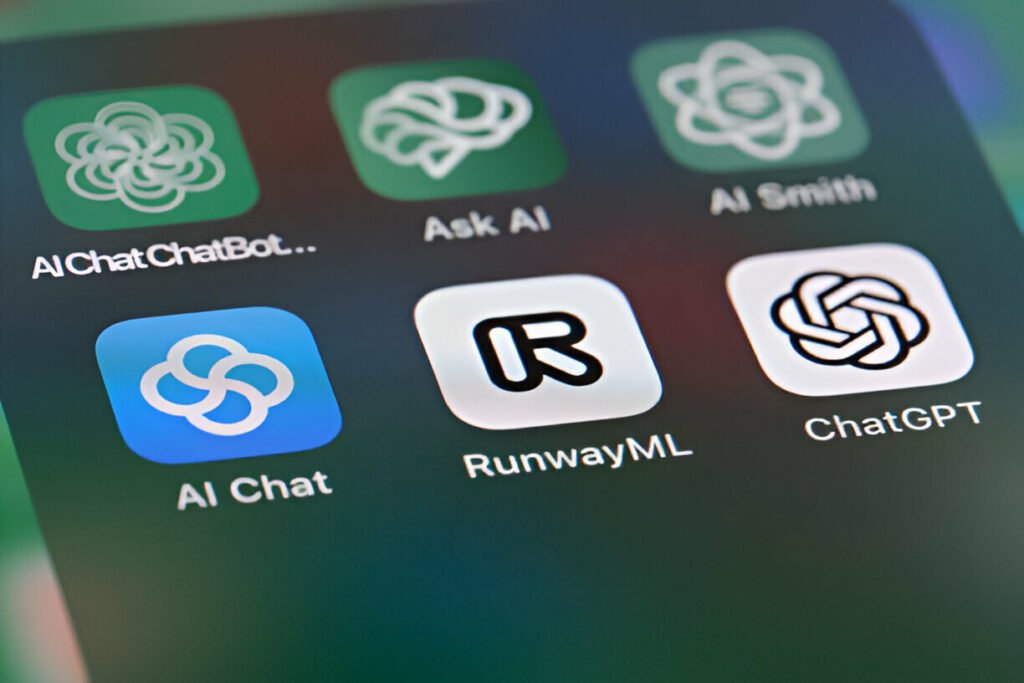How to Use ChatGPT to Write Code
Are you interested in writing code but don’t know where to start? Or perhaps you’re a seasoned programmer looking for a new tool to boost your productivity? Enter ChatGPT, an AI language model that can assist you in writing code. This article will guide you through the process of using ChatGPT to write code, making it accessible and straightforward.
Writing code can seem like a daunting task, especially if you’re just starting. But what if you had a tool that could make this process easier and more intuitive? ChatGPT is here to help! In this article, we will explore how you can use ChatGPT to write code, from setting up your environment to integrating advanced techniques.
What is ChatGPT?
ChatGPT is an AI language model developed by OpenAI. It’s designed to understand and generate human-like text, making it an excellent tool for a wide range of applications, including coding. Imagine having a knowledgeable friend who can assist you in writing and debugging code— that’s what ChatGPT offers.

Setting Up Your Environment
Before you start using ChatGPT for coding, you need to set up your development environment. Here’s a step-by-step guide:
- Choose a Coding Platform: You can use online platforms like Replit, Visual Studio Code, or Jupyter Notebooks.
- Access ChatGPT: Ensure you have access to ChatGPT, either through OpenAI’s API or a platform that integrates ChatGPT.
- Install Necessary Tools: Depending on your coding language, you may need to install specific tools or libraries.
Basic Commands
Getting started with ChatGPT involves understanding some basic commands. You can ask ChatGPT to perform a variety of tasks, such as:
- Generate Code: “Can you write a Python function to add two numbers?”
- Explain Code: “What does this piece of JavaScript code do?”
- Fix Errors: “I have an error in my code. Can you help me debug it?”
Using these commands, you can quickly get the assistance you need.
Debugging with ChatGPT
Debugging can be one of the most challenging aspects of coding. ChatGPT can help you identify and fix errors. Simply copy your error message and ask:
“ChatGPT, I’m getting a TypeError in my code. How do I fix it?”
ChatGPT can analyze the error and provide suggestions to resolve it.
Advanced Coding Techniques
Once you’re comfortable with basic coding, you can use ChatGPT to explore advanced techniques. For instance, if you’re interested in machine learning, you could ask:
“ChatGPT, can you help me write a simple machine learning model in Python?”
ChatGPT might generate code for a basic linear regression model, explaining each step along the way.
Integrating APIs
APIs (Application Programming Interfaces) are essential for modern web development. ChatGPT can assist you in integrating APIs into your projects. You might ask:
“How do I use the Twitter API in my Python project?”
ChatGPT can guide you through the process, providing sample code and explanations.
Best Practices for Using ChatGPT
To get the most out of ChatGPT, consider these best practices:
- Be Specific: Clearly state your requests to get accurate responses.
- Iterate: Use ChatGPT iteratively, refining your requests based on the responses you receive.
- Combine with Learning: Use ChatGPT as a supplement to your learning, not a replacement.
Common Mistakes to Avoid
Here are some common mistakes to avoid when using ChatGPT for coding:
- Over-reliance: Don’t rely solely on ChatGPT; continue to learn and understand the code yourself.
- Vague Requests: Avoid vague or ambiguous questions; they can lead to less useful responses.
- Ignoring Errors: Always test and verify the code provided by ChatGPT.
ChatGPT is a powerful tool that can assist both beginners and experienced programmers in writing code. By following the steps and tips outlined in this article, you can effectively use ChatGPT to enhance your coding skills and productivity. Whether you’re debugging, writing simple programs, or exploring advanced techniques, ChatGPT is here to help.





